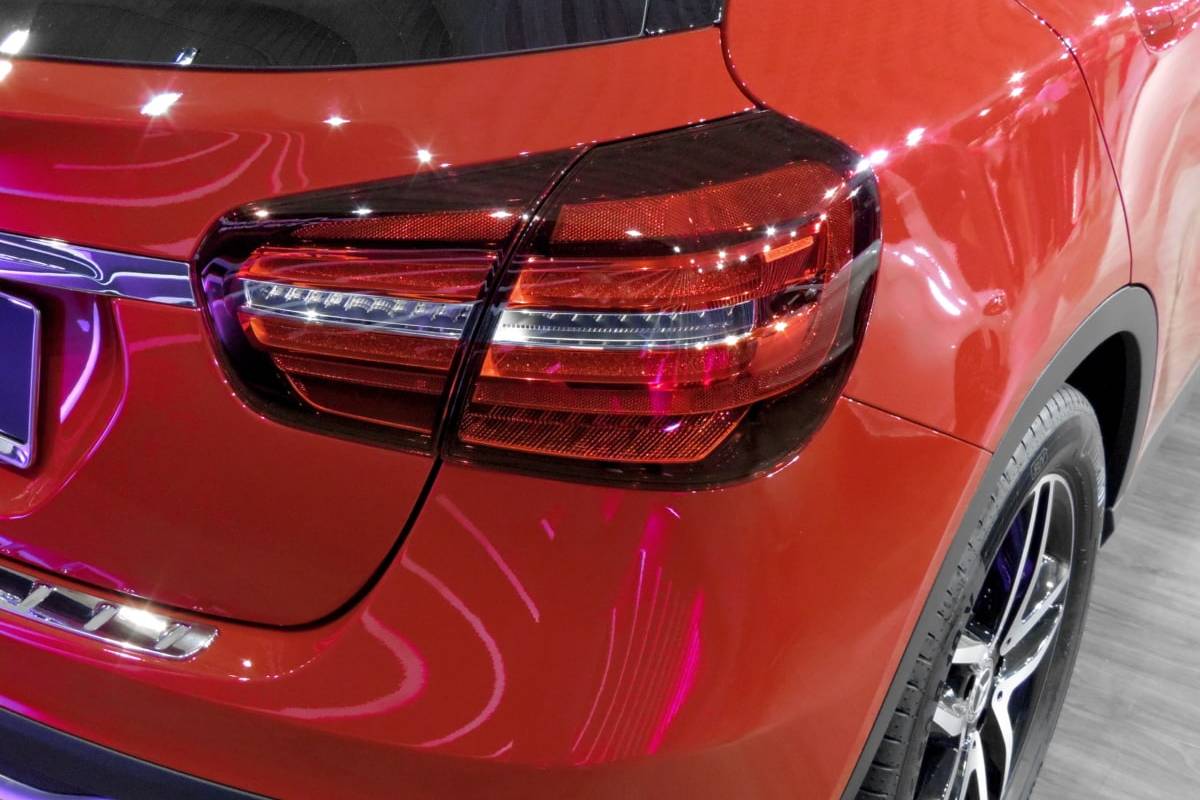When you think about it, the crowning glory of any car is most definitely the perfect paint job. However, sometimes you may find that the paint on your car has defects or problems – either due to a botched paint job at the workshop or perhaps an ambitious previous owner with a do-it-yourself attitude. After all, besides ensuring that car paint is a match, there is a lot of technical knowledge that goes into giving any car a paint job!
Car paint problems should be attended to by skilled professionals in order to ensure proper resolving of the issue. However, in this article, we will share a little bit about some common car paint problems and their causes so that you can understand how they come about.
Orange peel
Orange peel can be identified by uneven formations on the surface of the paint. The texture of the paint will resemble the skin of an orange, which is how this particular problem gained its name. The paint on your car will reflect light at different angles, failing to give off that smooth, shiny finish that every car owner would prefer.
Orange peel issues arise due to improper techniques or pressure when spraying paint, such as improper wait times between coats, or painting when the temperature is too high. Sometimes, orange peel is caused when the droplets of paint dry out before they reach the surface of the car.
Blushing
Blushing occurs when a milky white or grey cloud appears on the surface of your car paint film. This is usually an immediate problem that can be spotted shortly after application. Fortunately, this problem is one that can be fixed by adding retarder to the problem area and applying additional coats without the need for any re-sanding.
What causes blushing? The main cause behind blushing can be attributed to the humidity levels when spray painting. In high humidity conditions, blushing happens when the evaporation of the solvent reduces the surface temperature to below dew point. This will cause moisture in the paint layer and leave a cloudy look on the surface.
Solvent popping
You can tell that your paintwork has the solvent popping issue when you see blisters on the paint surface. Also known as boiling, solvent popping can be identified by groups of small bubbles resembling craters on the surface of your car’s paint.
Solvent popping occurs when solvent becomes trapped in the film and later escapes during the baking process, leaving pop marks while doing so. This usually happens when paint is sprayed incorrectly using the wrong viscosity or pressure. Moreover, you can find that solvent popping also occurs as a result of inadequate drying and curing times.
Feather edge lifting
With feather edge lifting, you will be able to see raised or lifted edges in the paint film that outline previous areas that have been repaired in a wrinkling formation. This occurs when solvents in the top coat penetrate through certain areas of the undercoat, thus causing the wrinkle-like outlining to occur. Feather edge lifting is also known as edge mapping.
This problem could have been avoided with the use of a water-based sealer with the ability to create a good barrier layer. Unfortunately, when feather edge lifting occurs, you will need to remove the problem area by smoothing and sanding it.
Wrinkling or lifting
Lifting is another wrinkle-related paint defect that takes place when the existing paint film shrivels or wrinkles during the application of a new coat of paint. As the new layer of paint dries, the existing layer of paint shrivels, thus creating the lifting or wrinkling to happen. The effect can also take place in the form of raising, puckering, or swelling.
This problem is caused by solvents in the new finish of paint attacking the old finish. Often, the issue arises during the recoating of enamels that are not fully cured, or recoating a base coat or clear coat finish where the old clear coat had an insufficient film build.
Hopefully, you now have a better understanding of why certain defects occur during paint jobs and what is the underlying cause beneath them. Therefore, it is always best to entrust your car’s paint work to capable and experienced hands to avoid any of these unwanted issues from happening.


